Disclosure: We may get commissions for purchases made through links in this post.
One effective material for landscaping is pea gravel. As long as you keep it in place, pea gravel would be perfect for any outdoor projects including your yard, driveways, walkways, and patio. Let’s see how you can stabilize it in its proper place as you review the compilation of our research below.
Pea gravel is comprised of smaller crushed stones with smooth edges that can lay on your landscape. Several ways are available to keep your pea gravel compact in its position. Here are some ways you can do to stabilize it:
- Excavate the path
- Add another gravel layer before the pea gravel
- Install borders
- Utilize pavers and stones
- Use paver grids
- Layer of fabric
- Pack the gravel down
- Designate drainage
- Apply binding solutions
Find out here the simple steps on how you can do the nine tips above. You may choose any of the suggestions depending on the situation of your driveways, walkways, and patios. The important thing is you are familiar with the basics ways to prevent pea gravel from being unbalanced. Also, check out other ways to place pea gravelin different setups.
![Background of colorful pea gravel of different shape and size, How To Stabilize Pea Gravel [Incld For Driveways, Walkways, & Patios]](https://pavingplatform.com/wp-content/uploads/2022/03/How-To-Stabilize-Pea-Gravel-Incld-For-Driveways-Walkways-Patios.png)
9 Ways to Stabilize Pea Gravel on Your Driveways, Walkways, and Patios
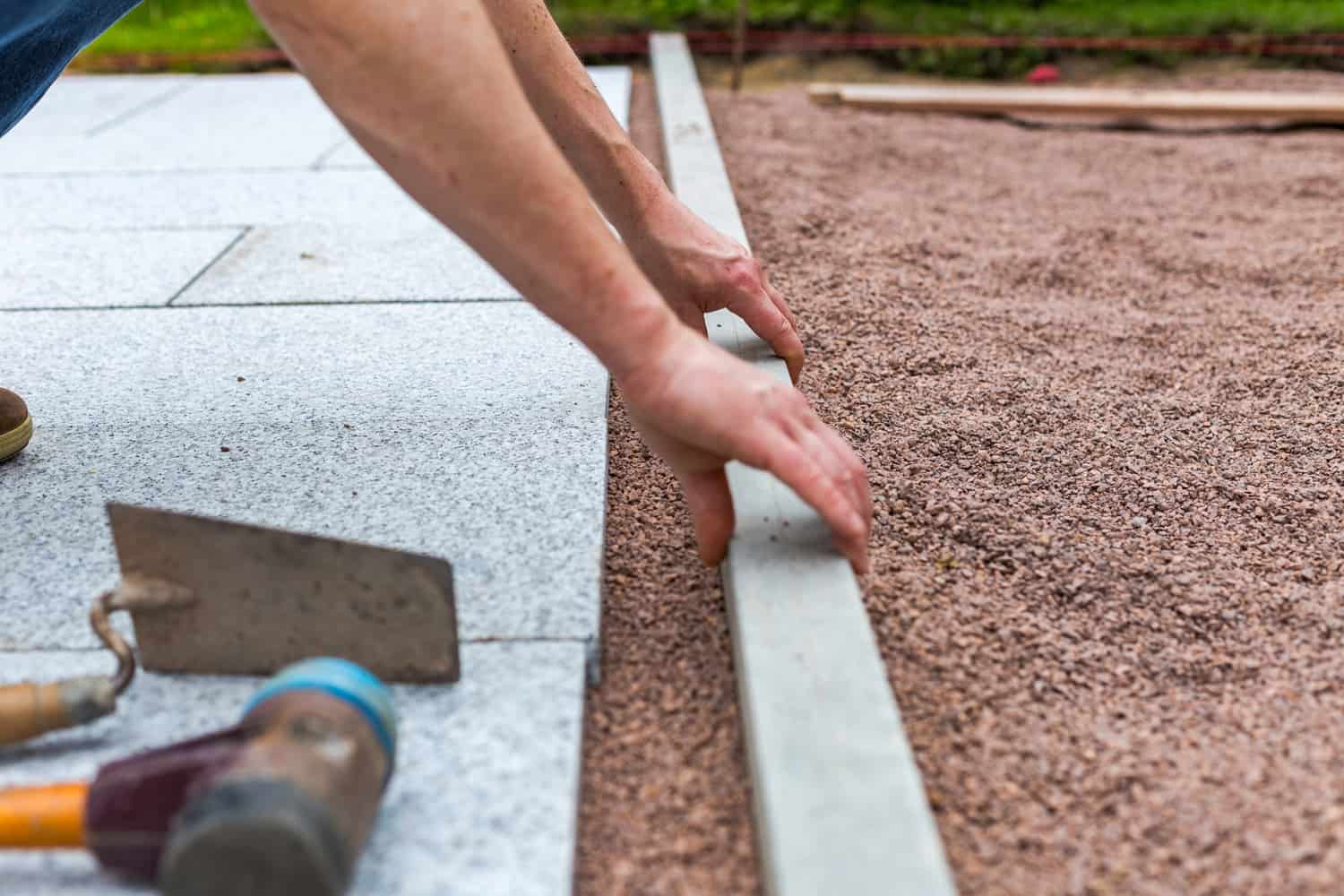
When you are using pea gravel in your landscape, it is important to stabilize it. It means that you need to make sure that the gravel does not move around, especially when it is wet. If the gravel moves, it can create a mess and can also be a safety hazard. Keep reading to see the several ways to stabilize pea gravel.
1. Excavate the path
You need to excavate the path because pea gravel is a loose material. If you do not excavate the path, the pea gravel will settle over time and will become uneven. Excavating the path will also help with drainage and will keep your path from becoming muddy.
Excavate the path before adding the pea gravel. You should excavate the path to a depth of at least six inches. Add the pea gravel to the excavated path and spread it out evenly. Use a rake to level the pea gravel and make sure that there are no low spots.
2. Add another gravel layer before the pea gravel
To stabilize the pea gravel, you could layer other gravel beneath. Angular rocks could help to prevent smooth pea gravel from cluttering to a different area. Simply add three inches of crushed rocks as the base before adding the pea gravel. Afterward, you could now place the pea gravel.
With this kind of trick, you are letting the crushed rocks support the pea gravel. It also helps to protect it from scattering throughout the place after strong winds or storms. However, please ensure to use rough, heavy, and larger gravel to put under the pea gravel. It would help not to combine easily with the pea gravel.
3. Install borders
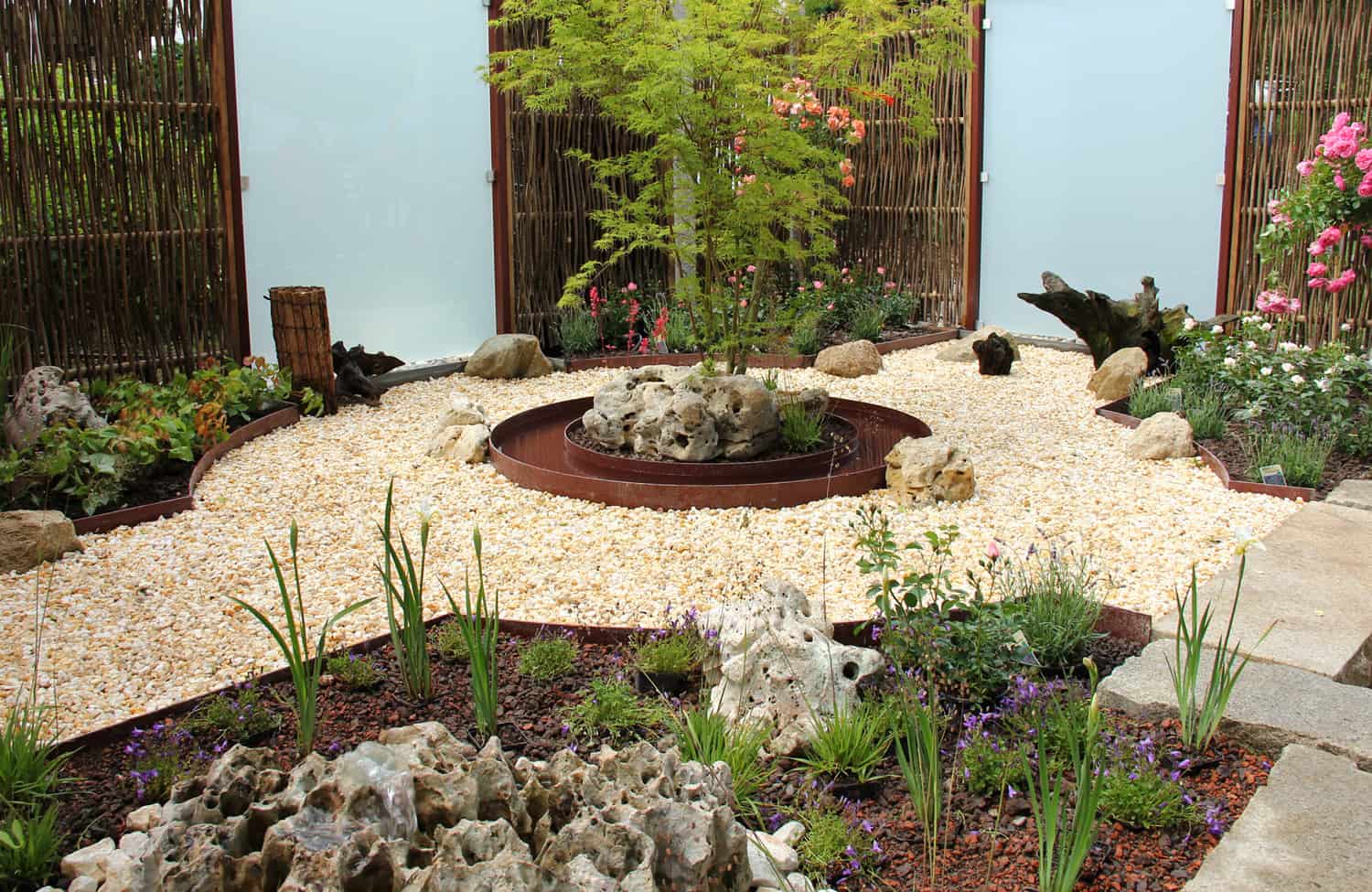
Borders help to keep the pea gravel stay in its place without going out of the path. You can use a variety of materials to do this, such as metal edging, wood edging, concrete edging, or plastic borders.
Metal edging is made from metal and is very durable. It is also easy to install and can be used to create curves in your path. Also, wood edging is from treated lumber and is very affordable, but not extremely durable. Concrete edging has concrete and is very durable. It is also easy to install but it can be expensive. Lastly, you can use plastic borders that will have the easiest installation.
Use landscaping borders to keep pea gravel stabilized. - See them on Amazon.
Before choosing the border you would use, make sure that the material you choose is weather-resistant and will not rot or rust. Also, select bricks or stones that are set on a solid base so that they will not move over time.
4. Utilize pavers and stones
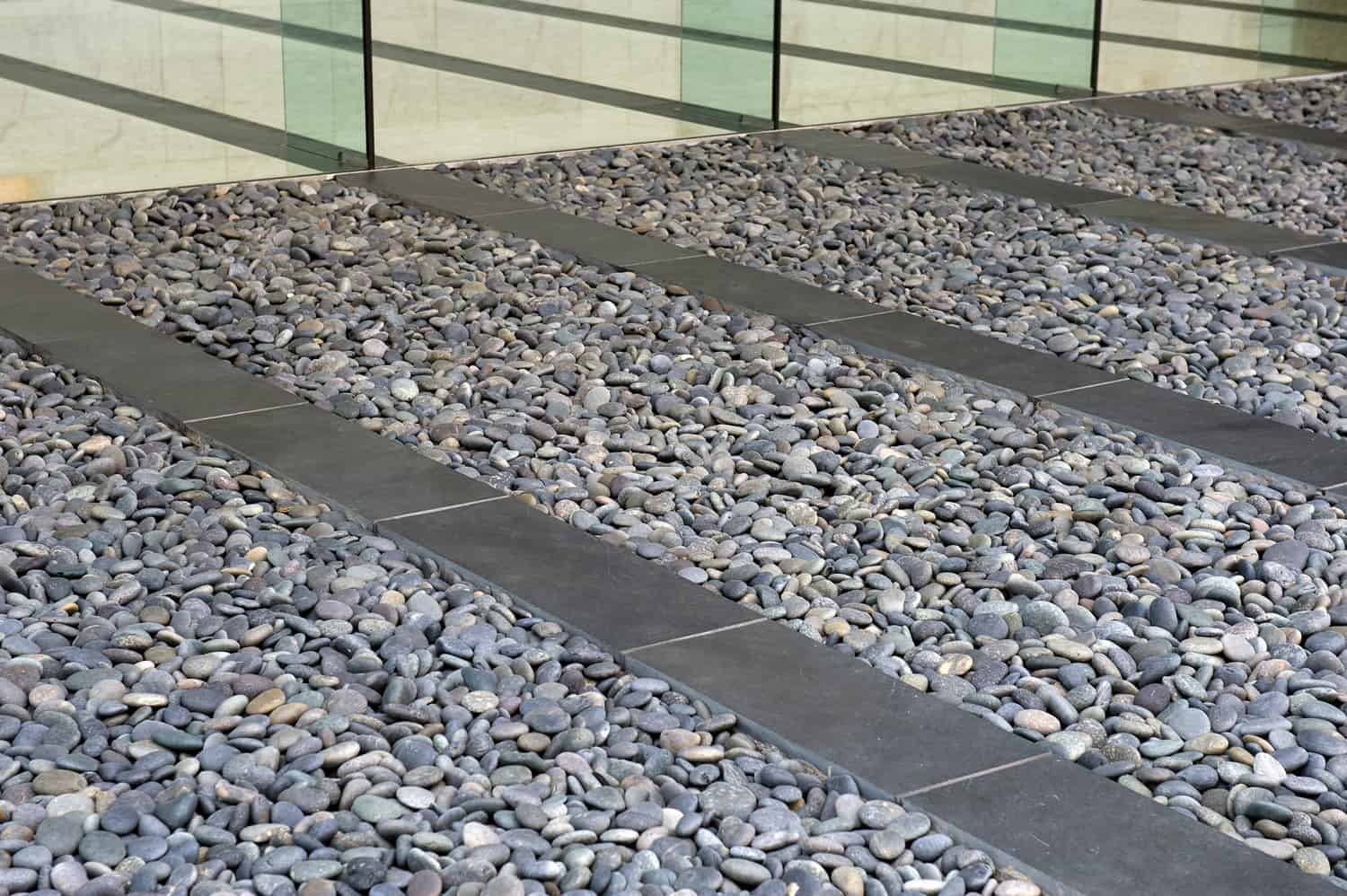
You can also use bricks or stones to edge your pea gravel path. This is a more traditional way to edge a path and it can be very decorative.
To do this, lay the bricks or stones on their side so that they are flush with the ground. Make sure that you use a level to make sure that they are even. Once you have laid all of the bricks or stones, fill in the gaps with pea gravel.
This is a very simple way to edge your path and it can be done on a weekend. It does not require any special tools or materials and it is very affordable.
5. Use paver grids
Paver grids are plastic grids that you can fill with pea gravel. They are easy to install and they will help to keep the pea gravel in place.
To install them, simply lay them on the ground where you want the pea gravel to be. Then, fill them with pea gravel and level them off. You can use a tamper to compact the gravel if you want.
Bring on paver grids for your walkways, driveways, and patios. - View them on Amazon.
Paver grids are a great way to keep the pea gravel in place, especially on slopes. They are also very affordable and they can be found at most home improvement stores.
6. Layer of fabric
The most common way to stabilize pea gravel is by using a layer of landscape fabric beneath it. The fabric helps to keep the pea gravel in place and prevents it from spreading.
Stabilize the pea gravel by using landscape fabric or burlap sacks filled with dirt or sand. You can either choose between woven and nonwoven fabrics. Both have different advantages that could help you maintain your landscape's prettiness.
Get heavy-duty fabric and embed it to your gravel layers. - Check it on Amazon.
Make sure that you overlap the seams of the fabric or sacks so that they are not visible. Use stakes to secure the fabric or sacks in place.
7. Pack the gravel down
Another way to stabilize the pea gravel is to simply pack the gravel down. It will help to keep it in place and stop it from disseminating.
To do this, use a rake or shovel to move the gravel around until it is packed down. Once it is packed down, use a tamper to compact it. You can also water it down so that it will stay in place.
8. Designate drainage
If you live in an area that gets a lot of rain, you will need to make sure that the pea gravel can drain properly. If it doesn't, it will wash away and become a mud pit. You can create drainage channels after you add pavers, bricks, or grids. Then, simply lay them down and fill them with gravel. Make sure that the gravel is packed down so that it won't wash away.
9. Apply binding solutions
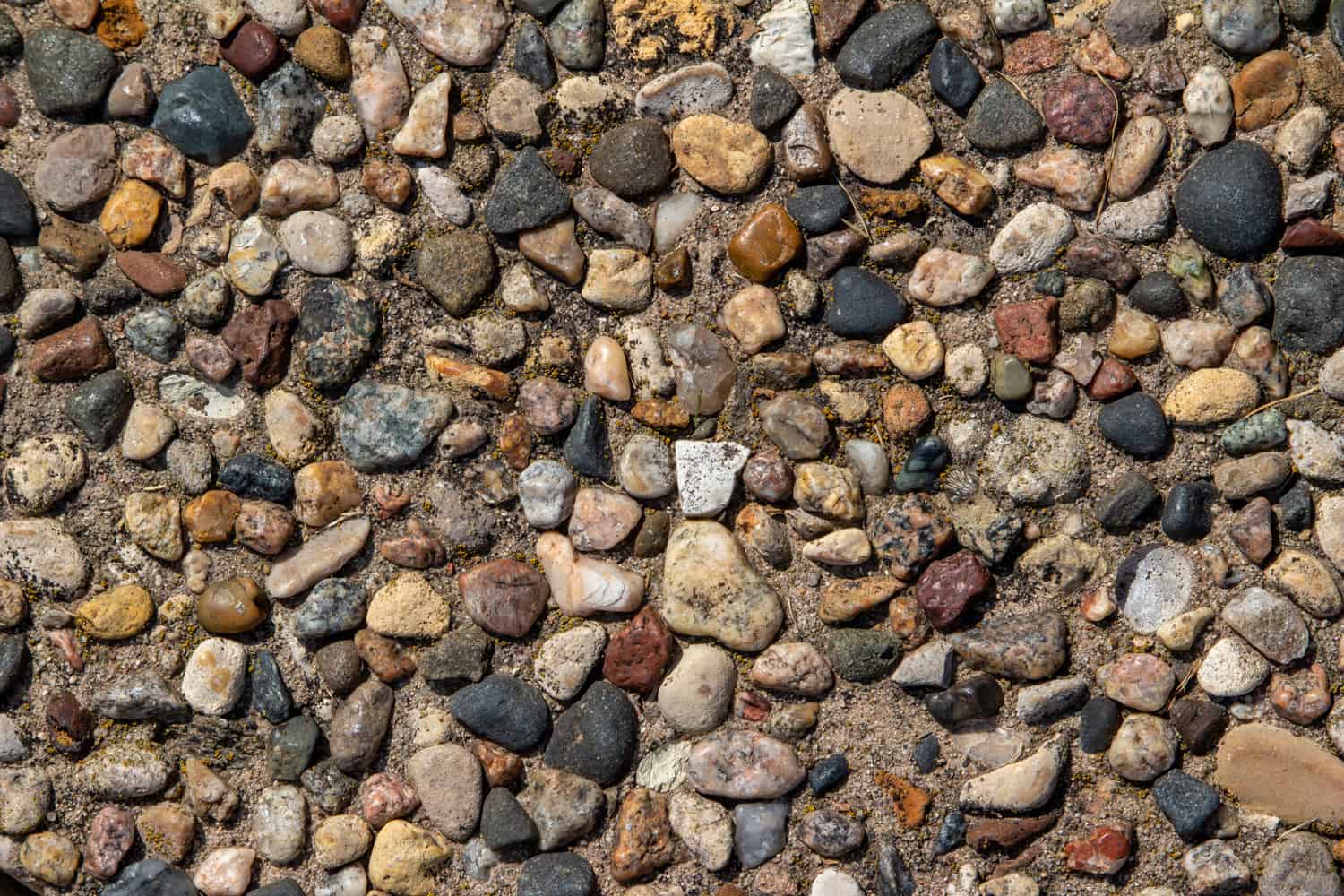
If you want the pea gravel to stay in place and not move, you can apply a binding solution. You could use concrete, epoxy, polyurethane, and other sealants.
Concrete would be good and very durable. While epoxy will bind the pea gravel for more permanence. Epoxy is more expensive and more challenging to work with. Finally, you can also use polyurethane and other sealants to bind the pea gravel together. It is less expensive but not very easy to try.
Nevertheless, you can still use them to compact your pea gravel and keep them stay on their place.
How do you keep gravel from sinking?
Besides scattering, sinking pea gravel could be another issue. One simplest way is the use of fabric. This helps to prevent the tiny crushed stones from moving downward. It would also help to lay the gravel just above the landscape even if it is in areas that are most exposed to people and cars.
How do you keep pea gravel looking good?
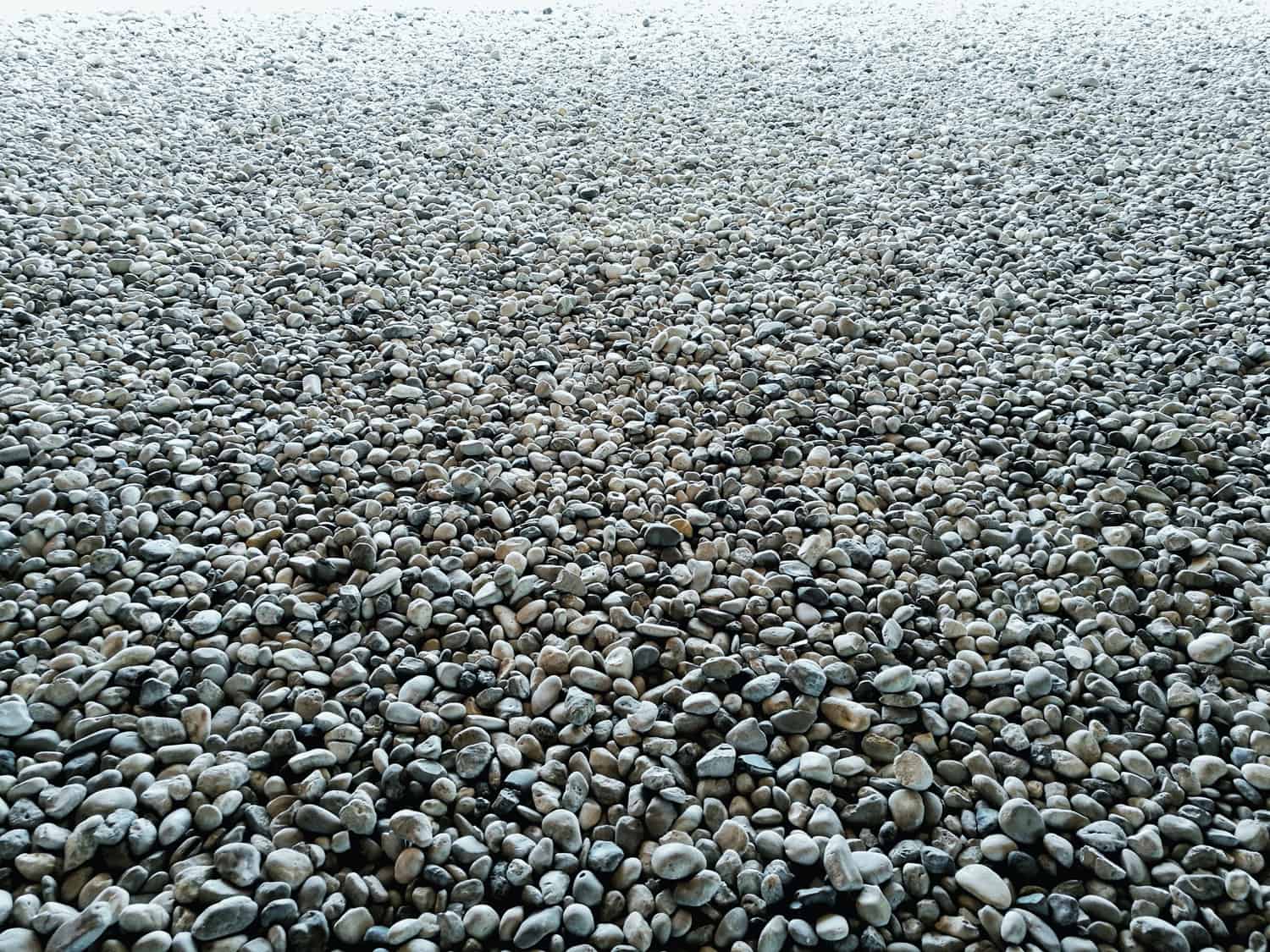
To keep pea gravel looking good, you will need to regularly rake it and remove any debris. You can also power wash it to remove any dirt or stains. If the gravel starts to spread, you can use a shovel or trowel to edge it and keep it in place.
Is pea gravel hard to maintain?
Pea gravel is not hard to maintain, but it does require some regular upkeep. You will need to rake it and remove any debris regularly. Also, you might need to control weeds and use other cleaning tools like a leaf blower, power washer, and scrubbing brush to keep it nice and neat.
Final Thoughts
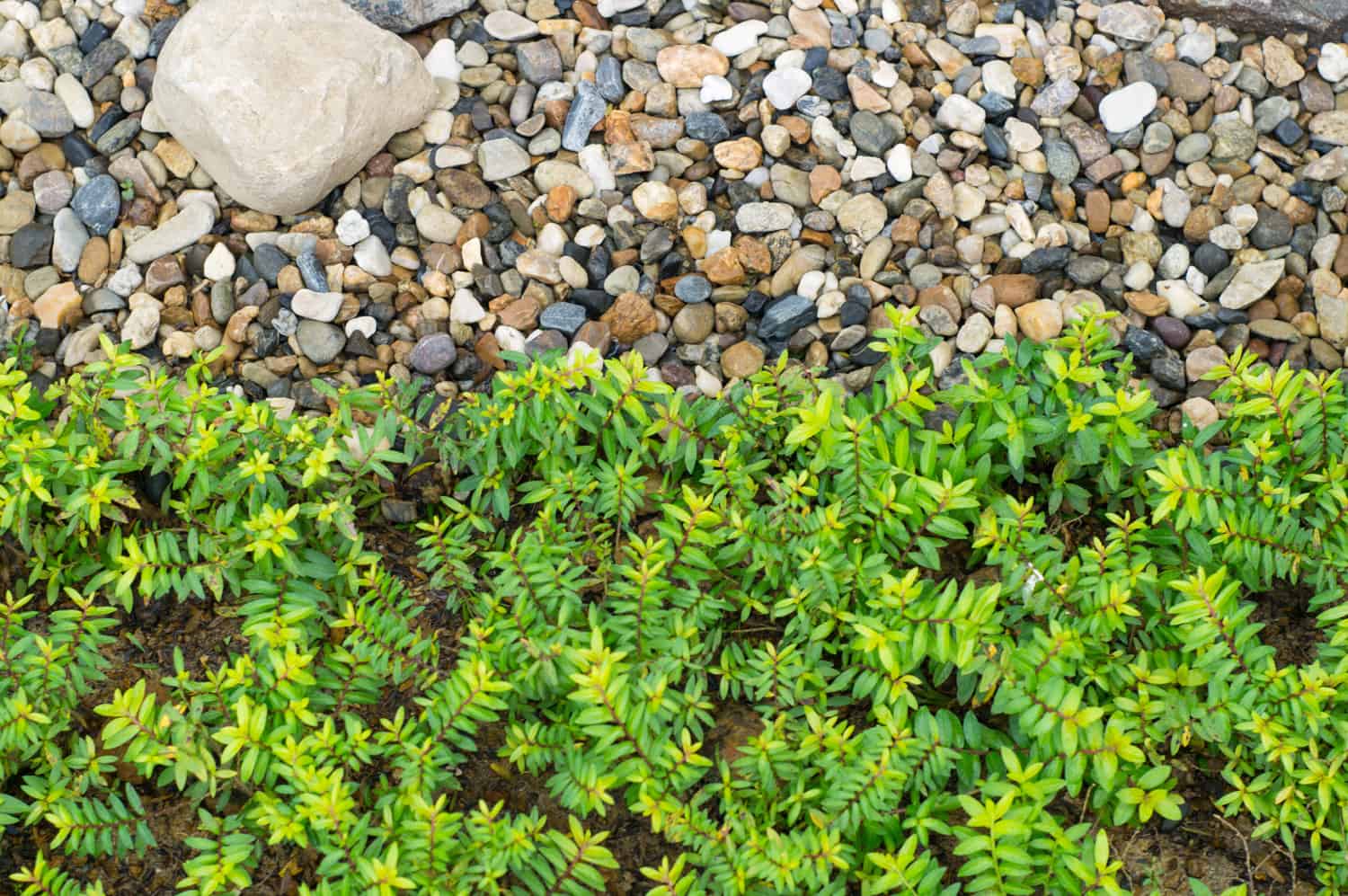
Pea gravel is a good option for making your landscaping look phenomenal. So, the next time you would have a project for your driveway, patios, and walkways, don’t hesitate to try pea gravel. Then, follow the suggestions above to keep its layering nicely.
To learn more about other pavers tips and landscaping, feel free to review the following reminders below:
How Thick Should Pavers Be For A Patio?




![Vibrant Red Paver Stone Path, Can You Spray Paver Sealer? [How To Apply It]](https://pavingplatform.com/wp-content/uploads/2022/04/Vibrant-Red-Paver-Stone-Path-600x400.jpg)
![Properly laid out red pavers for a garden, Can You Tint Paver Sealer? [And How To]](https://pavingplatform.com/wp-content/uploads/2022/04/Properly-laid-out-red-pavers-for-a-garden-600x400.jpg)
